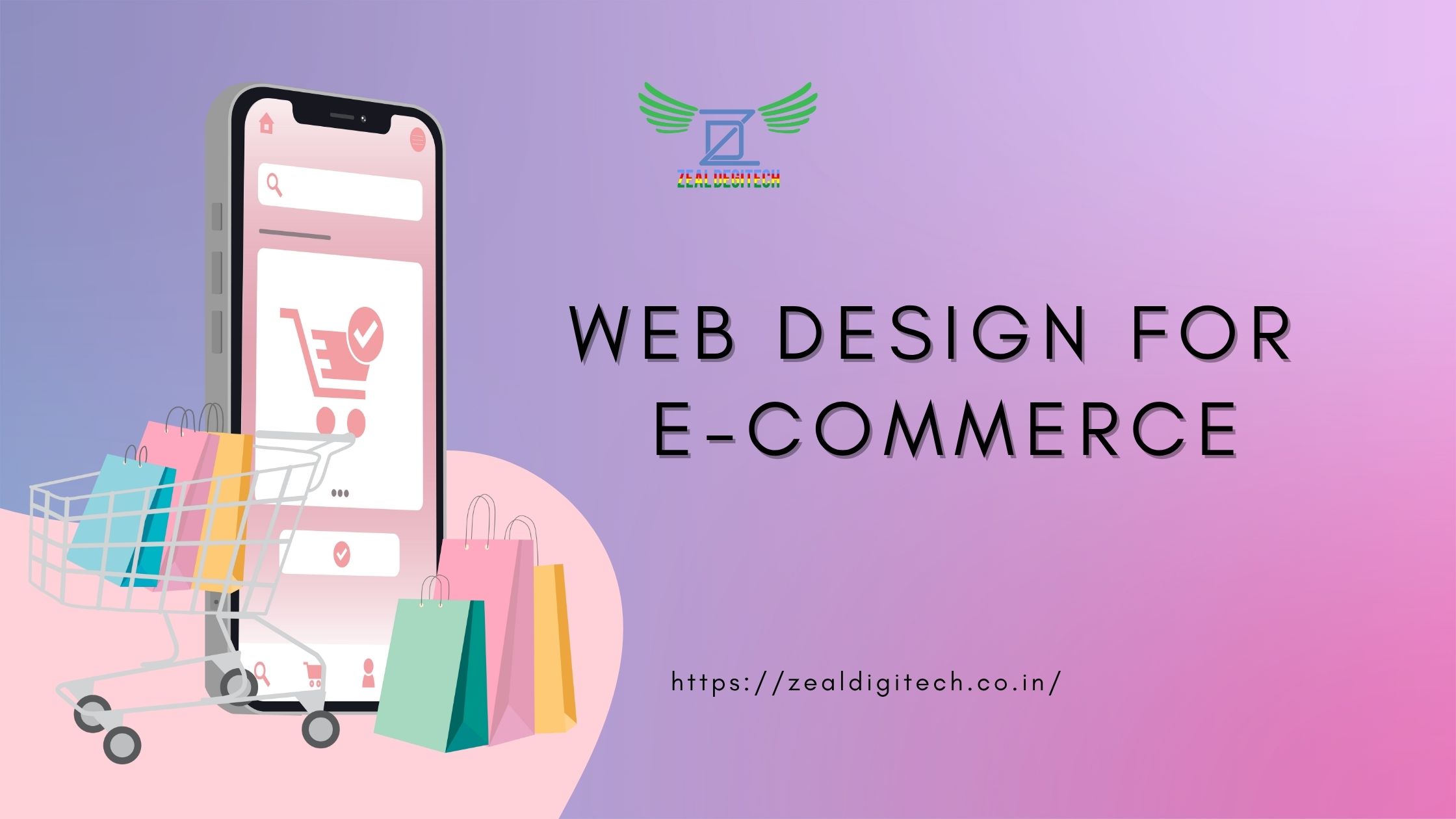Web Design for E-commerce
Trends and Technologies Shaping Online Stores in 2025
In a digital-first world, a properly executed web design for e-commerce website is the foundation for retail success today. As we look forward to 2025, E-commerce web design is evolving and developing quickly with new technologies and shopping behavior. We are seeing contemporary e-commerce portals come alive in ways that will serve customers by smarter, faster, and richer shopping experiences through the comprehensive integration of AI-powered personalization, secured payment processing, and dynamic product management.
In this article we will discuss some of the interesting trends and technology that will change how e-commerce portals are designed and experienced in 2025.
1. Products recommendations by AI
AI is no longer optional; it is a necessity. Real-time AI-fueled recommendation engines analyze browsing behaviors, past purchases, and favorite products to power e-commerce portals. This enables e-commerce portals to show the most relevant products, increasing performance and conversions.
Example: Web design for E-commerce portals such as Amazon and others like Nykaa can suggest products for shoppers that they never knew they needed, yet always end up being just what they needed.
2. Personalization in Shopping
E-commerce web pages have vastly outgrown static pages. In 2025, personalization of e-commerce portals is a standard for every profitable e-commerce portal. Customers’ data allows personalization of the homepage, product feed, and offers to provide a pleasant and unique experience to customers.
From birthday discounts to products viewed, personalization adds shopper engagement, ensuring customers return again and again.
3. Mobile-First + Minimalist Design
As the majority of users are shopping from mobile devices, it’s unquestionable that mobile-first design is an absolute requirement. Minimalist layouts, straightforward navigation and responsive grids all provide a consistent experience from device to device.
Clean interfaces load faster, are less susceptible to distractions, and ultimately help customers find products and purchase them faster.
4. Immersive Product Visualization
Modern web design for E-commerce leverages countless tools to do product visualization:
360° product views | Zoomable HD images | Augmented Reality (AR) previews
All of these tools bring products to life and ideally help customers make purchase decisions with more confidence, especially for purchases in the fashion retail sector or high-priced goods.
5. Secure and seamless payment gateways
A guiding focus for 2025 will be for e-commerce sites to provide secure, multi-channel payment methods.
Most platforms today offer:
- Credit/debit cards.
- UPI and mobile wallets.
- BNPL (Buy Now Pay Later).
- Cryptocurrency.
- Biometric authentication methods (Face ID, fingerprint).
- Secure, fast checkout enhances trust and reduces loyalty abandonment.
6. Voice and chat-based discovery
Today’s customer wants convenience, and most e-commerce portals provide customers with voice search and artificial intelligence-based assistants that allow customers effortless access to product detail, order tracking, and customer service.
This form of engagement enhances accessibility of shopping and humanizes the experience.
7. Eco-Friendly & Ethical Web Design for Ecommerce
Brands that share ethics with their customers in 2025 are getting more agreeable to consumers. Thus, more and more e-commerce sites are adopting Eco certified products:
- Sustainable design components;
- Transparent sourcing and brand ethics;
- Dark mode to save energy;
Sites with portals that show their green incentives through design are creating stronger emotional connections with their first users.
8. Incorporation into Existing Popular E-commerce Portals
There is a great design behind each great platform.
Thus, more and more businesses are using large e-commerce portals for building their online shops, like
- Shopify for clean, customizable design and growth potential
- WooCommerce for every WordPress-powered shop
- Magento for complex and larger operations
- BigCommerce for enterprise level features and flexibility
- Flipkart, India’s leading e-commerce portal, uses personalized deals, multilingual, and fast delivery.
- Myntra is a fashion-focused shop that has an interactive UI, style suggestions, and influencer integrations.
- Ajio has a clean, stylish design with curated collections and personalized feeds.
- Nykaa is a beauty-focused portal with AR previews, smart filters, and customized suggestions.
As Shopify and BigCommerce shape the standard for user experience, product performance and technology integrations, smaller e-commerce brands imitate their performance by building features like AI product suggestions, secure payment means, and mobile-first design in hopes of improving their e-commerce success. Ultimately, the choice of platform will determine design performance, scalability, and integration with the most innovative solutions available to you.
Final Thoughts
E-commerce website design in the next two years will become smarter, more personalized, and more secure. By 2025, customer experience expectations and e-commerce portals will have evolved and will continually evolve to optimize customer experience to incorporate strong trends like AI-based product suggestions, personalized UX, immersive product presentation, or seamless payment integrations.
Regardless of where you are in your online store design journey, whether you are building your first online store or updating or improving your existing online store, using your new knowledge around design trends and the capabilities of the platforms available to you, contact Zeal DigiTech, and we will help you develop as much competitive advantage as possible.

